- Have any questions?
- +86-189 8930 5995
- sales@mosinterchem.com.cn
Collagen CAS 9064-67-9

Pine oil CAS 8006-64-2
21/12/2018
White mineral oil petroleum CAS 8042-47-5
21/12/2018| Model: | MOS 9064-67-9 |
| Brand Name: | MOSINTER |
| CAS No.: | 9064-67-9 |
| Molecular Formula: | C4H6N2O3R2.(C7H9N2O2R)n |
Collagen (CAS: 9064-67-9)
| Item | Index |
| Molecular Formula | C4H6N2O3R2.(C7H9N2O2R)n |
| Solubility | H2O: 5 mg/mL, hazy, colorless and viscous |
| Storage Condition | 2-8°C |
Collagen is the main structural protein of the various connective tissues in animals.
(The name collagen comes from the Greek kolla meaning glue and suffix -gendenoting
producing.) As the main component of connective tissue, it is the most abundant protein
in mammals, making up from 25% to 35% of the whole-body protein content. Collagen,
in the form of elongated fibrils, is mostly found in fibrous tissues such as tendons, ligaments
and skin, and is also abundant in corneas, cartilage, bones, blood vessels, the gut, and
intervertebral discs. The fibroblast is the most common cell that creates collagen.
In muscle tissue, it serves as a major component of the endomysium. Collagen constitutes
one to two percent of muscle tissue, and accounts for 6% of the weight of strong, tendinous
muscles. Gelatin, which is used in food and industry, is collagen that has been irreversibly hydrolyzed.
Chemistry
Collagen is composed of a triple helix, which generally consists of two identical chains (α1) and an
additional chain that differs slightly in its chemical composition (α2). The amino acid composition
of collagen is atypical for proteins, particularly with respect to its high hydroxyproline content. The
most common motifs in the amino acid sequence of collagen are glycine-proline-X and glycine-X-
hydroxyproline, where X is any amino acid other than glycine, proline or hydroxyproline. The
average amino acid composition for fish and mammal skin is given.
Amino acids
Collagen has an unusual amino acid composition and sequence:
–Glycine is found at almost every third residue.
–Proline makes up about 17% of collagen.
–Collagen contains two uncommon derivative amino acids not directly inserted during
translation. These amino acids are found at specific locations relative to glycine and
are modified post-translationally by different enzymes, both of which require vitamin
C as a cofactor.
–Hydroxyproline derived from proline
–Hydroxylysine derived from lysine – depending on the type of collagen, varying
numbers of hydroxylysines are glycosylated (mostly having disaccharidesattached).
Cortisol stimulates degradation of (skin) collagen into amino acids
Collagen I formation
Most collagen forms in a similar manner, but the following process is typical for type I:
–Inside the cell
–Two types of alpha helices are formed during translation on ribosomes along the rough
endoplasmic reticulum (RER): alpha-1 and alpha-2 helices. These form peptide chains
(known as preprocollagen) have registration peptides on each end and a signal peptide.
–Polypeptide chains are released into the lumen of the RER.
–Signal peptides are cleaved inside the RER and the chains are now known as
pro-alpha chains.
–Hydroxylation of lysine and proline amino acids occurs inside the lumen. This
process is dependent on ascorbic acid (vitamin C) as a cofactor.
–Glycosylation of specific hydroxylysine residues occurs.
–Triple ɣ helical structure is formed inside the endoplasmic reticulum from
each two alpha-1 chains and one alpha-2 chain.
–Procollagen is shipped to the Golgi apparatus, where it is packaged and
secreted by exocytosis.
–Outside the cell
–Registration peptides are cleaved and tropocollagen is formed by procollagen peptidase.
–Multiple tropocollagen molecules form collagen fibrils, via covalent cross-linking (aldol
reaction) by lysyl oxidase which links hydroxylysine and lysine residues. Multiple
collagen fibrils form into collagen fibers.
–Collagen may be attached to cell membranes via several types of protein, including
fibronectin and integrin.
Synthetic pathogenesis
Vitamin C deficiency causes scurvy, a serious and painful disease in which defective
collagen prevents the formation of strong connective tissue. Gums deteriorate and bleed,
with loss of teeth; skin discolors, and wounds do not heal. Prior to the 18th century, this
condition was notorious among long-duration military, particularly naval, expeditions
during which participants were deprived of foods containing vitamin C.
An autoimmune disease such as lupus erythematosus or rheumatoid arthritis may attack
healthy collagen fibers.
Many bacteria and viruses secrete virulence factors, such as the enzyme collagenase,
which destroys collagen or interferes with its production.
You must be logged in to post a review.

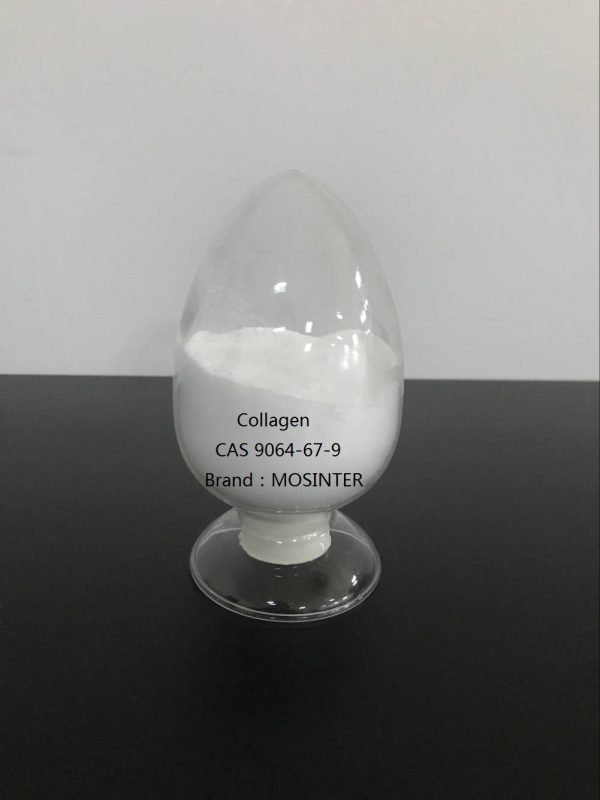
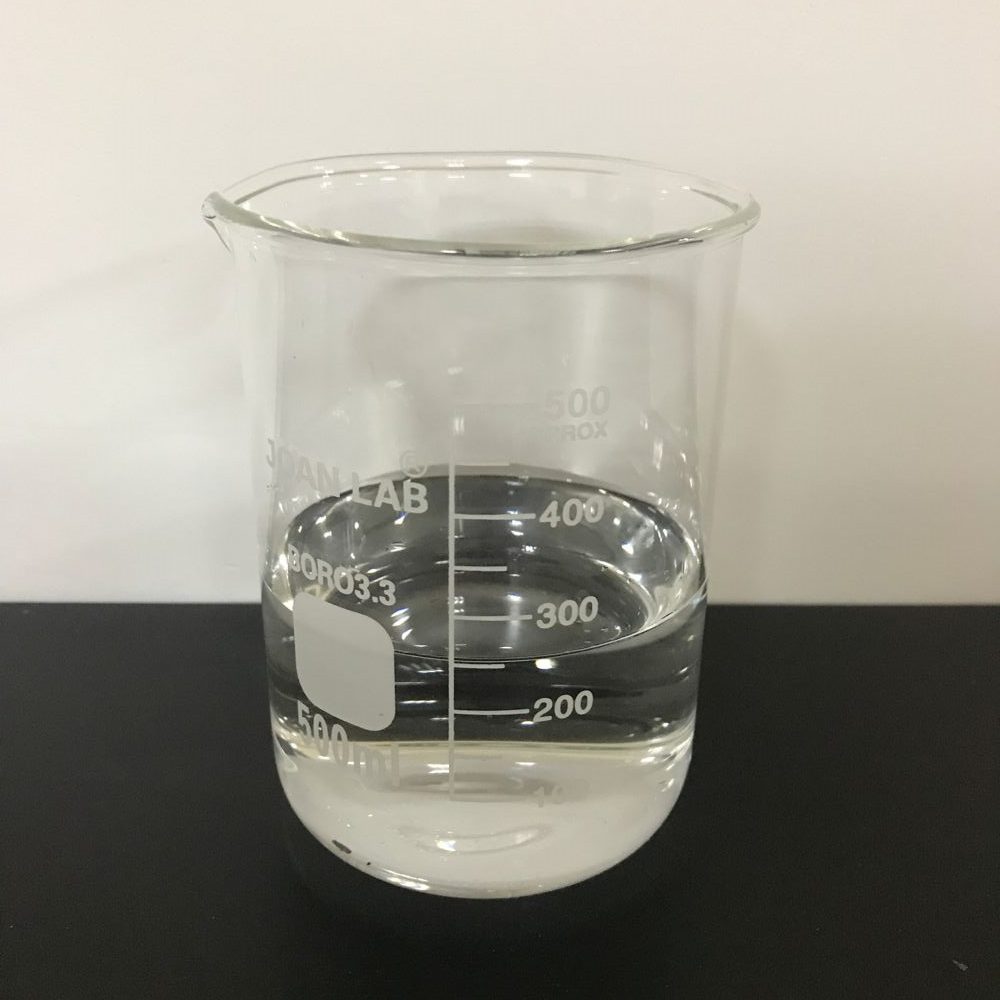
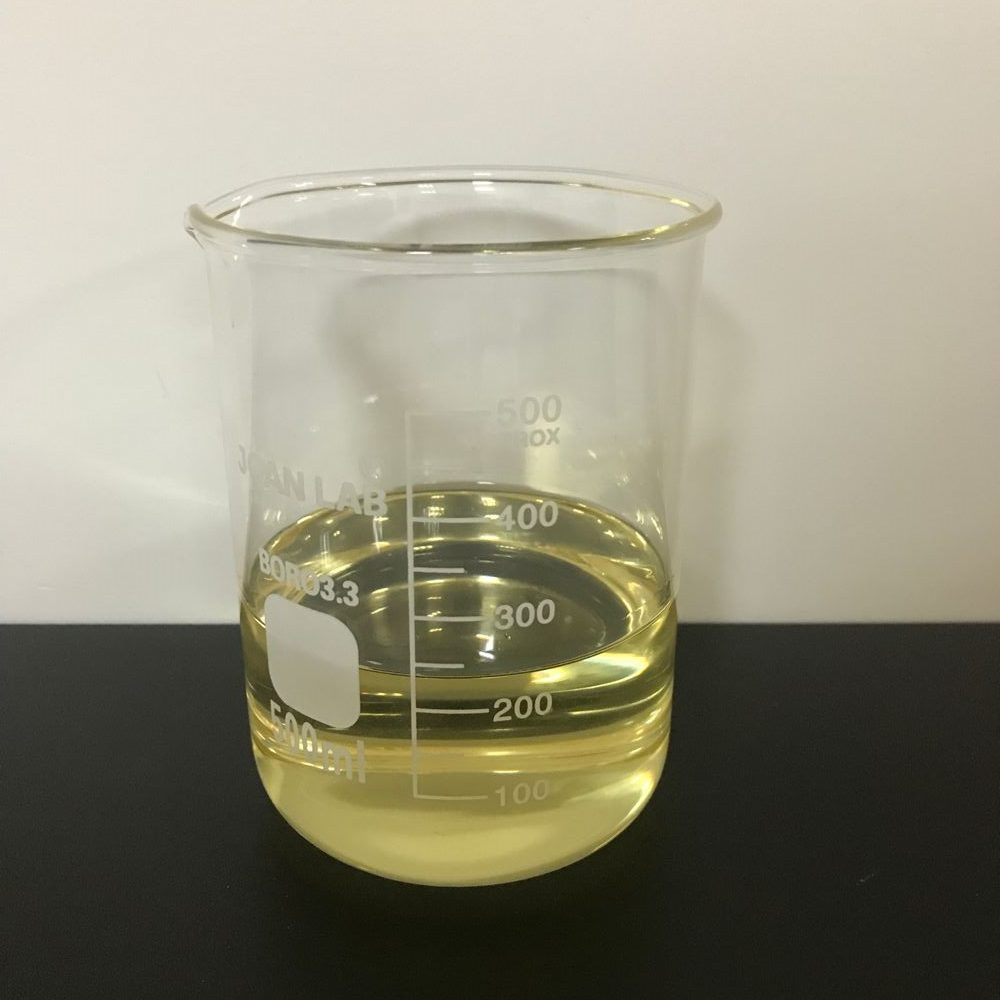
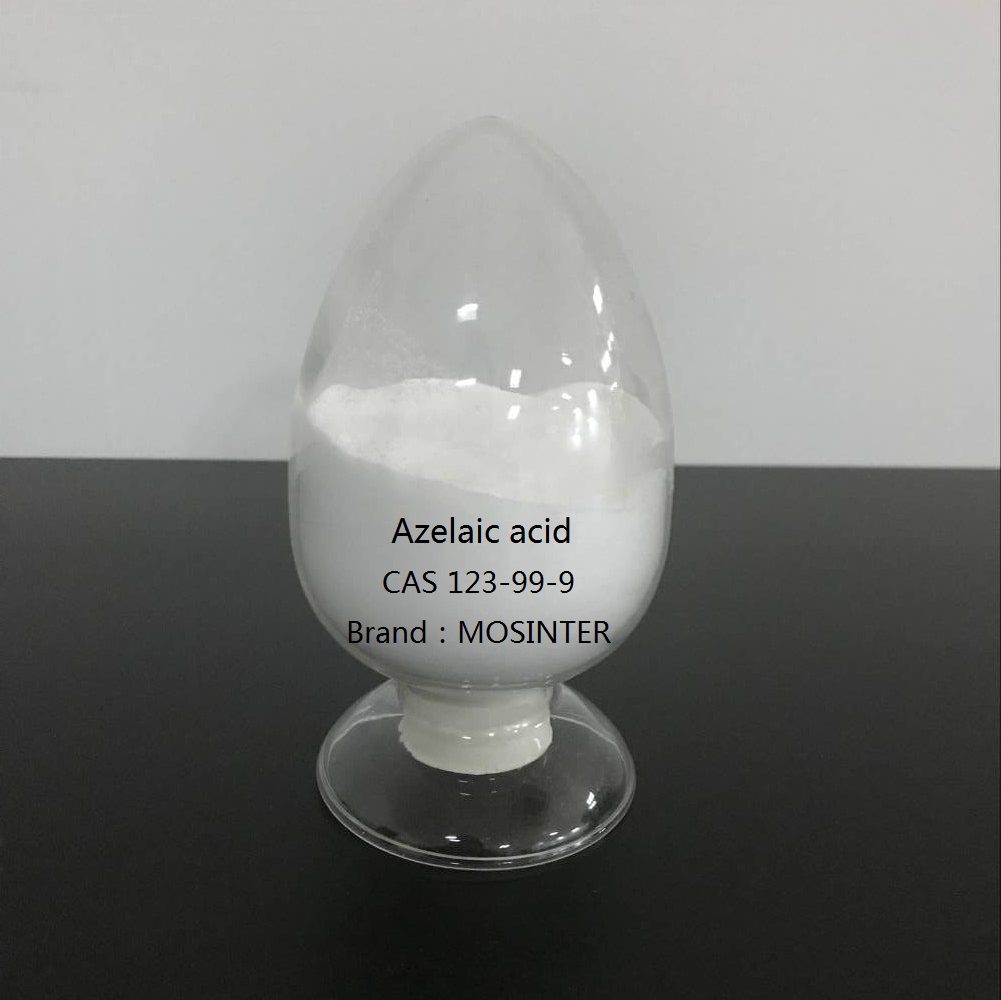
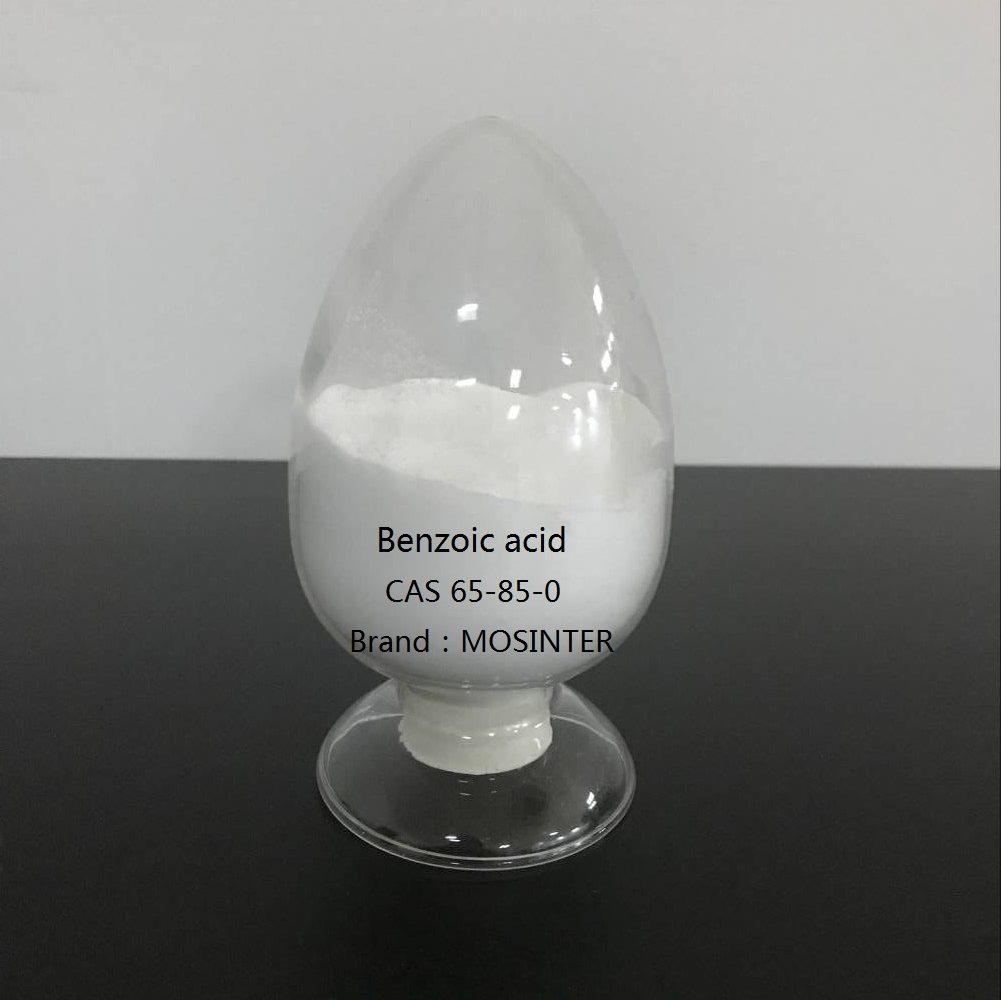
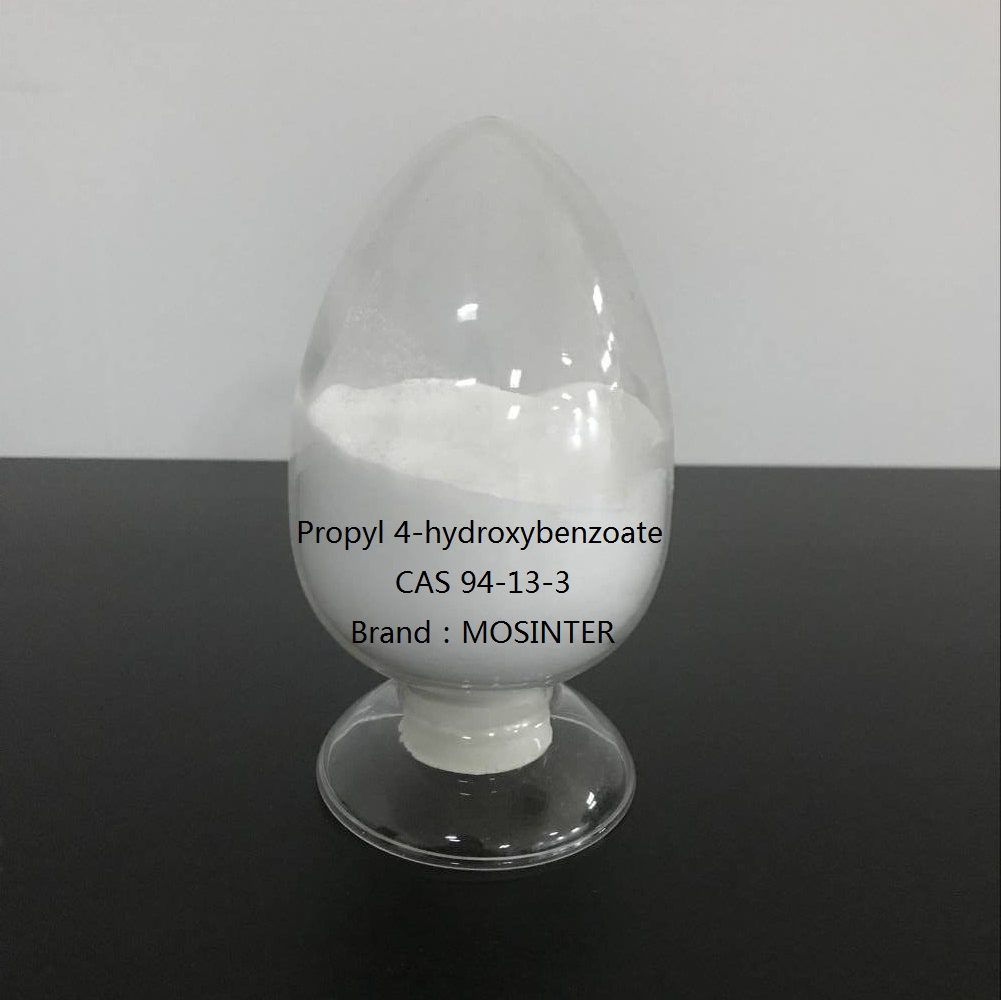
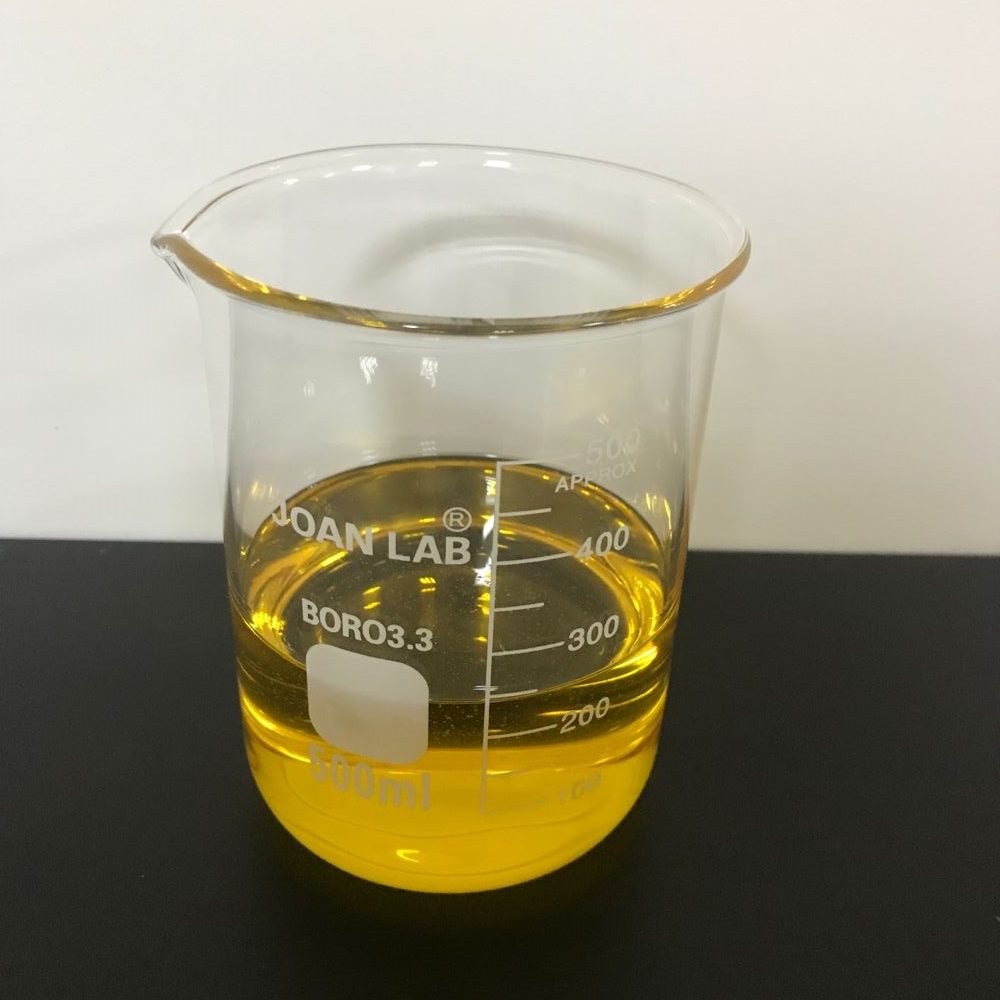
Reviews
There are no reviews yet.